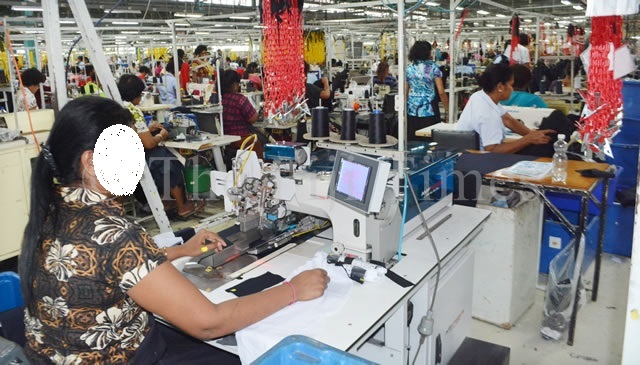Labour force participation was 30 per cent lower for women compared with men in Fiji as recently as 2021, despite having close to gender parity in primary and secondary school enrolment.
This is according to a report by the Asian Development Bank (ADB) released May 2023.
The Comprehensive Analysis of Existing Research and Data of Women’s Economic Empowerment in The Pacific Region states that women are less likely to be in the labour force than men.
The report further states that there are high levels of occupational concentration by sex, and gender pay gaps in the Pacific.
“Improved access to education has not yet translated into equal employment opportunities and control over the productive assets needed for business development,” the report says.
“In Fiji, women account for nearly two-thirds of university students on tourism courses, yet they hold only a quarter of professional and managerial positions in the sector.
“Instead, women in the formal tourism sector are concentrated in minimum-wage jobs, including reception and cleaning roles.”
Additionally, women becoming increasingly involved in economic activities has not decreased the traditional burden of unpaid work.
According to the report, Fijian women spend approximately three times as much time on domestic and care work than men, in addition to other barriers for women in the workforce.
“Access to affordable, quality childcare is a key barrier for working parents, particularly women.
“An International Finance Corporation survey of more than 2700 employees from the public and private sectors in Fiji found that only 8 per cent of parents with preschool-age children included in the study use a childcare service.”
Despite this, women are reportedly improving their skill levels more quickly than men.
The average annual growth in employment in high-skilled occupations between 1991 and 2020 was 4.1 per cent for women, compared with 3.2 per cent for men, according to a study by the ADB.



